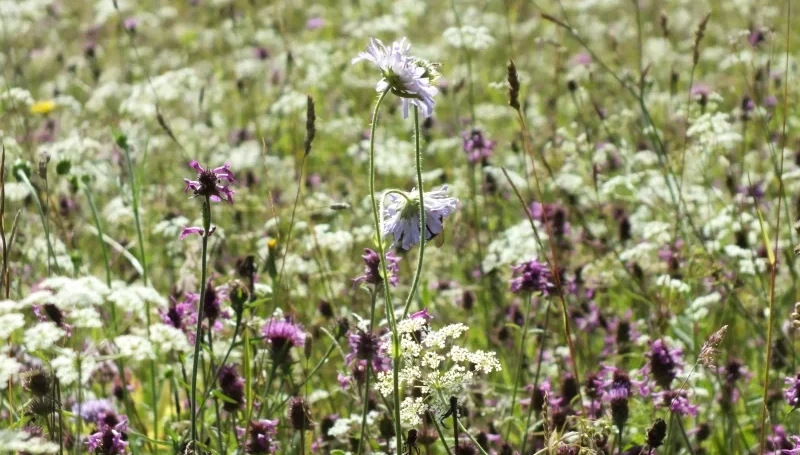We break down what the consultation on biodiversity net gain (BNG) regulations and implementation means for developers, planners, project managers, architects, landowners or local authorities.
Purpose of the BNG government consultation
With this consultation, the government aimed to understand what businesses, local planning authorities and NGOs think about how mandatory biodiversity net gain will work in practice across various scenarios. The consultation set out proposals and asked questions about how biodiversity net gain would be applied to Town and Country Planning Act development and Nationally Significant Infrastructure Projects. The responses were intended to help form developing secondary legislation, processes, and guidance.
The government shared its response to the BNG consultation on 22/02/2023, with the following key points:
- Local Planning Authorities (LPAs) will be given extra financial support to prepare for this November when 10% BNG will become mandatory for most development projects. The Government announced £4.18 million for LPAsin January 2022 and will provide further funding of up to £16.71 million for LPAs to prepare for mandatory BNG between now and November 2023.
- The government will investigate options for extending net gain sites beyond the minimum of 30 years required by the Environment Act 2021.
- The response to the consultation gave clarity over additionality and stacking.
What does the government BNG consultation say about benefit stacking?
Other environmental markets will be functioning alongside mandatory BNG. These include nutrient trading and voluntary carbon codes like the Woodland Carbon Code (WCC) or the Peatland code.
A major uncertainty for landowners and managers has been whether they will be able to combine the credits they are selling where they have developed or enhanced the biodiversity of a parcel of land as part of a separate scheme.
Benefit stacking will be permissible in some instances, such as with BNG and nutrient neutrality , but not others, like carbon offsetting, unless additionality is clearly demonstrated. So, yes, you may be able to stack benefits if you have demonstrated that it will have a BNG impact beyond that which would have happened anyway.
In short, it may be possible to use sites delivering nutrient neutrality or other mitigations to also deliver biodiversity net gain.
An example is given by gov.uk:
“If you have an arable field and you received a grant to create a modified grassland, you could improve the habitat to a grassland managed for conservation. This enhancement could then be sold as biodiversity units and nutrient credits.”
What is additionality in the context of BNG?
A key part of implementing off-site BNG is the requirement for ‘additionality’. What the consultation has cleared up is that habitat improvements will only be counted towards BNG if they are genuinely an enhancement of BNG and not simply the fulfilment of another obligation under another scheme.
Additionality is where the positive impact is in addition to what would have happened anyway. As a simplified example, trees could be planted under a carbon credit scheme to create a plantation-type woodland. If BNG was also to be traded from this woodland there would need to be a clear demonstration of additionality – perhaps through selecting different species of trees and providing understory planting to create higher value woodland, i.e. there is an ‘additional’ benefit.
What is meant by a habitat management and monitoring template?
There will be a habitat management and monitoring template, devised by Natural England, in place by November, which will help with the consistency of plans for BNG and remove some of the need for specialist input to every application.
What are the new BNG exemptions?
The Environment Act 2021 already makes exemptions for permitted development and urgent crown development. The biodiversity metric allows for temporary impacts that can be restored within two years to be excluded from calculations. It also gives existing sealed surfaces (such as tarmac or existing buildings) a zero score, meaning that these surfaces are effectively exempted from the percentage gain requirement.
The government intends to use regulations to make future exemptions for:
- Development impacting habitat of an area below a ‘de minimis’ threshold of 25 metres squared, or 5 metres for linear habitats such as hedgerows
- Householder applications
- Biodiversity gain sites (where habitats are being enhanced for wildlife)
- In addition to this the government is proposing to exempt small-scale self-build and custom housebuilding.
What else does the government BNG consultation say about credit trading?
The government also gave confirmation that there will be more guidance in respect of credit trading and marine net gain units. The government will provide clarity on the relationship between terrestrial/intertidal and marine net gain units as the marine net gain process is established.
Now is the time to get to grips with BNG given the pace at which the sector is evolving in response to it becoming mandatory for the majority of projects from this November. There are many pitfalls that developers can fall foul of – the most important being lack of preparation . Getting to grips with the key concepts and understanding your environmental data is vital preparation, along with engaging with environmental specialists to guide you through the challenges.




